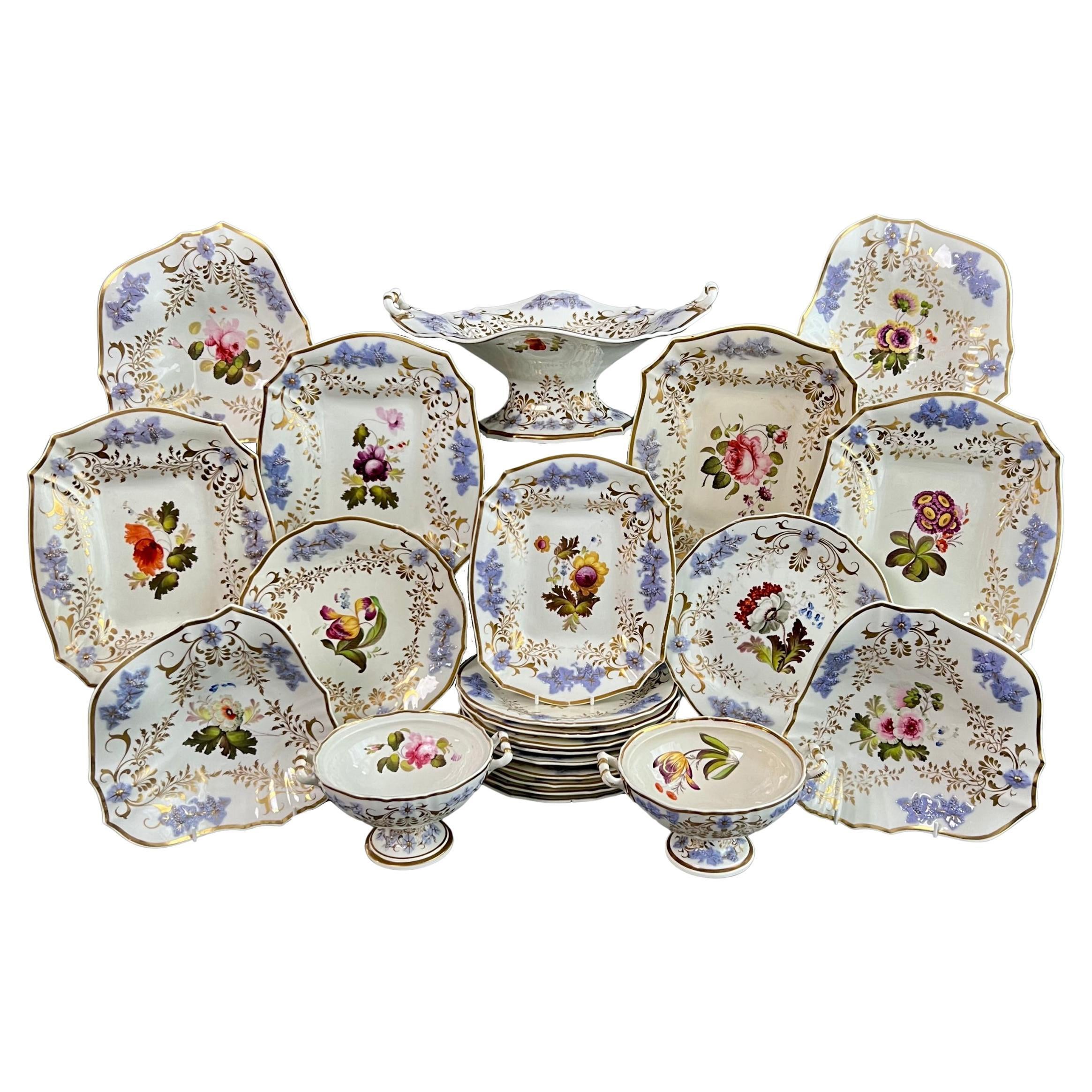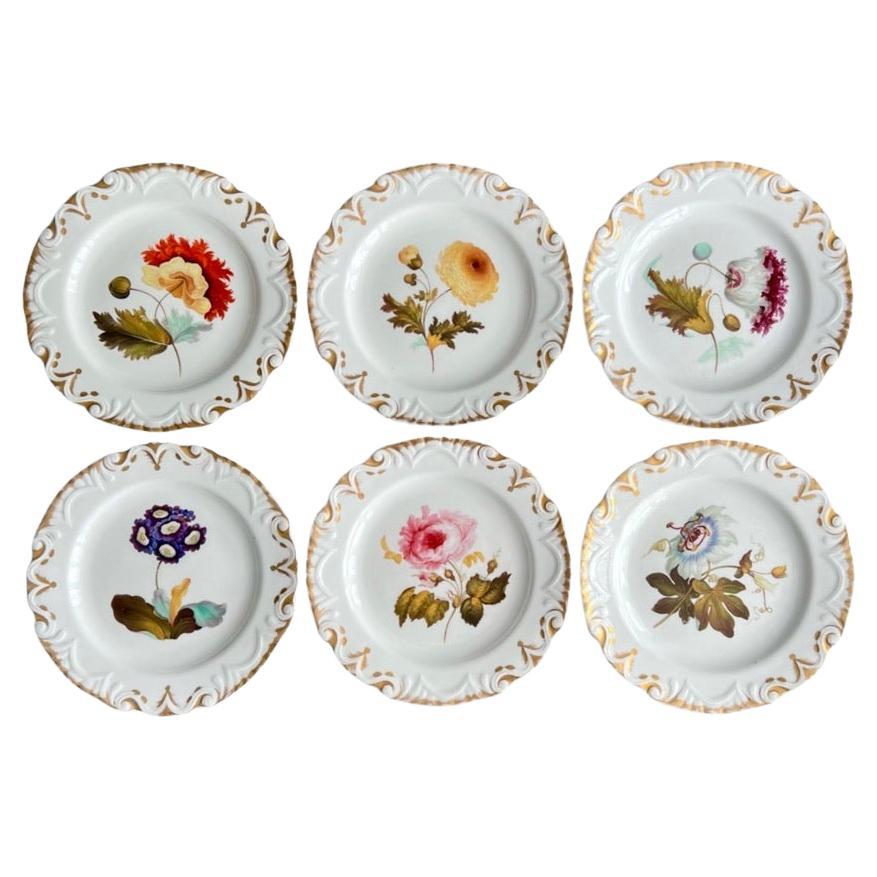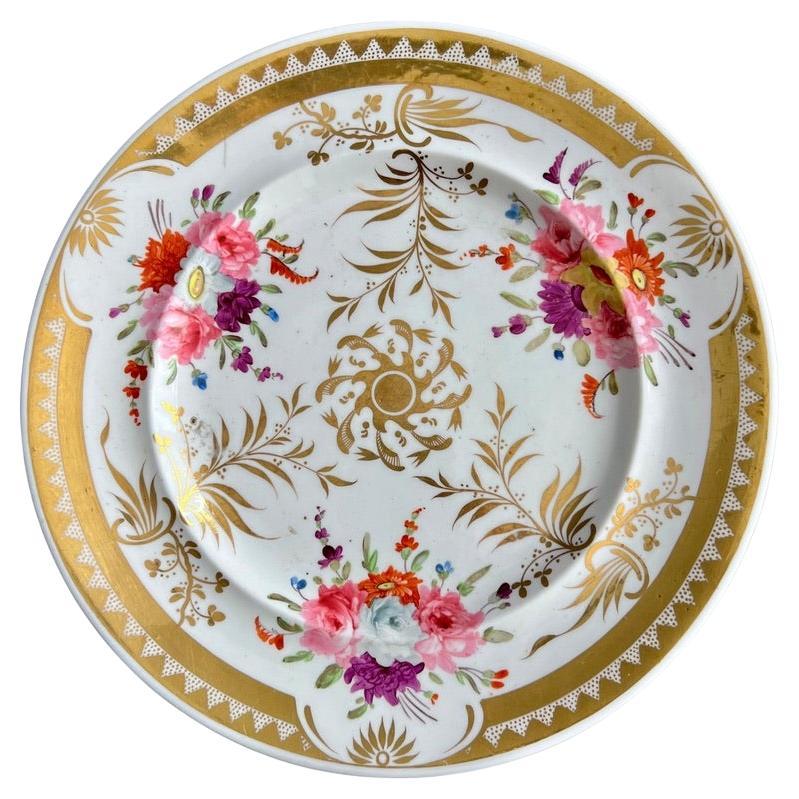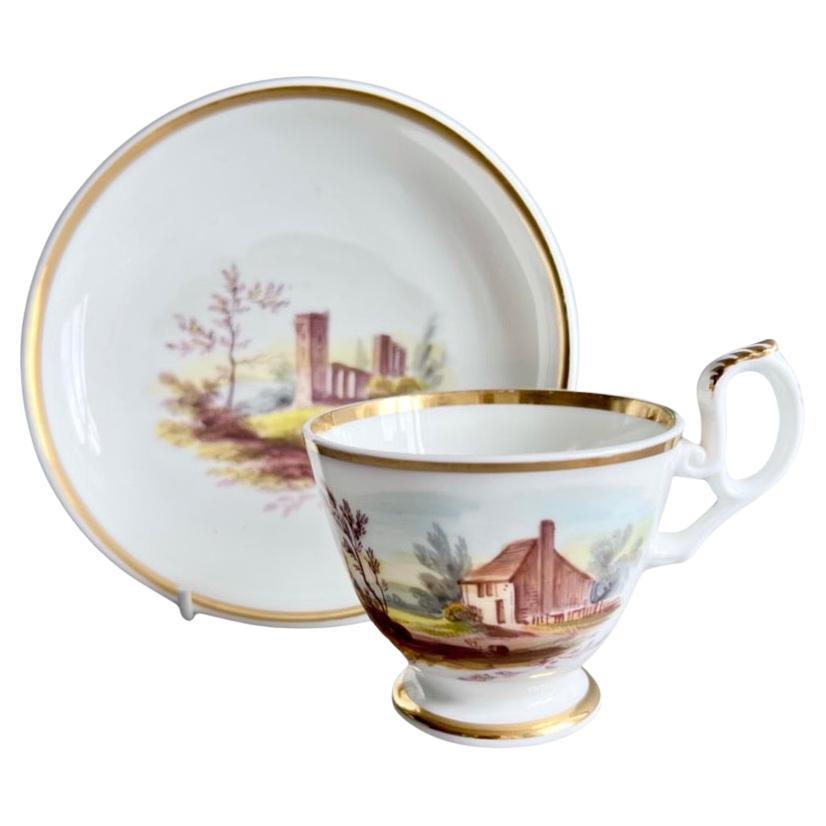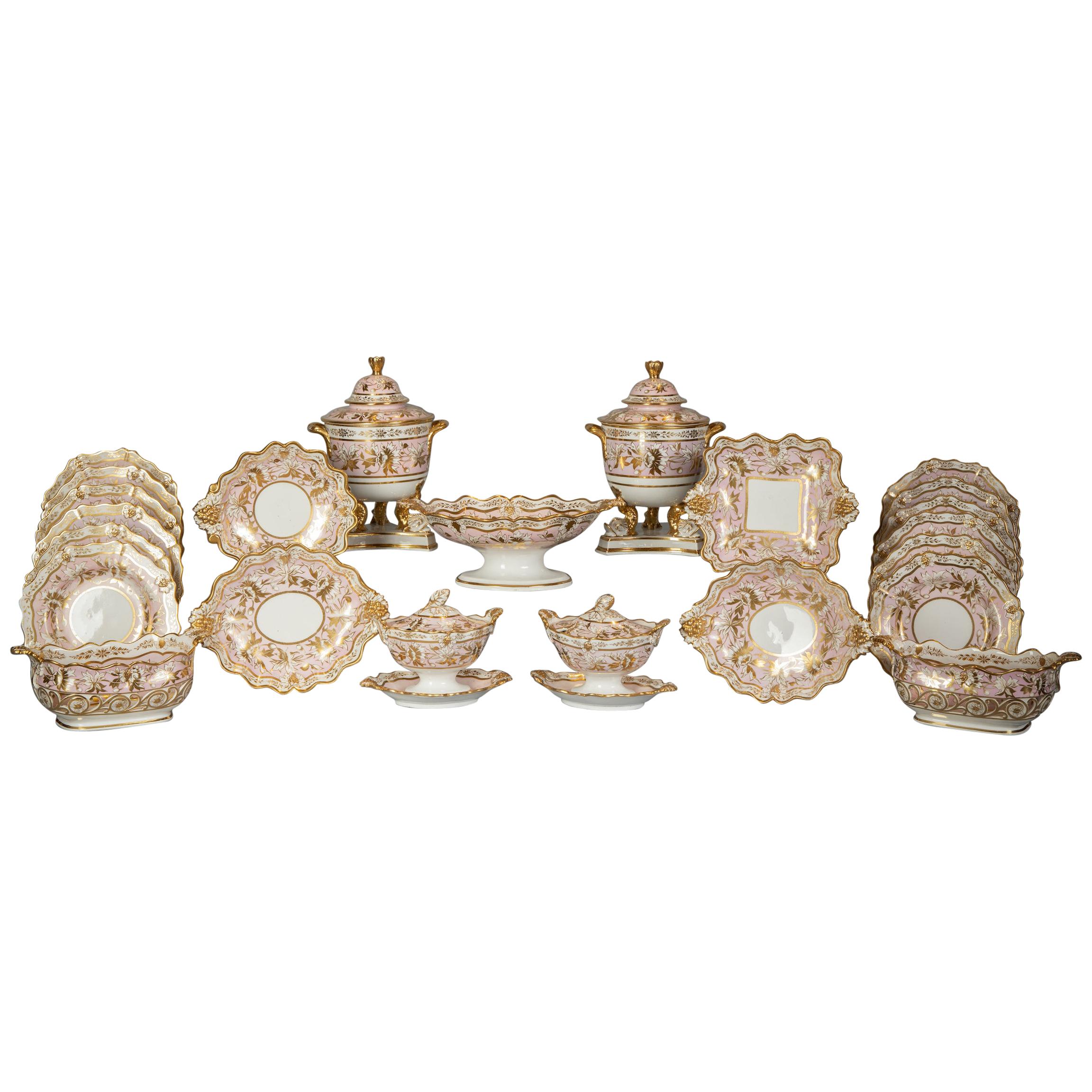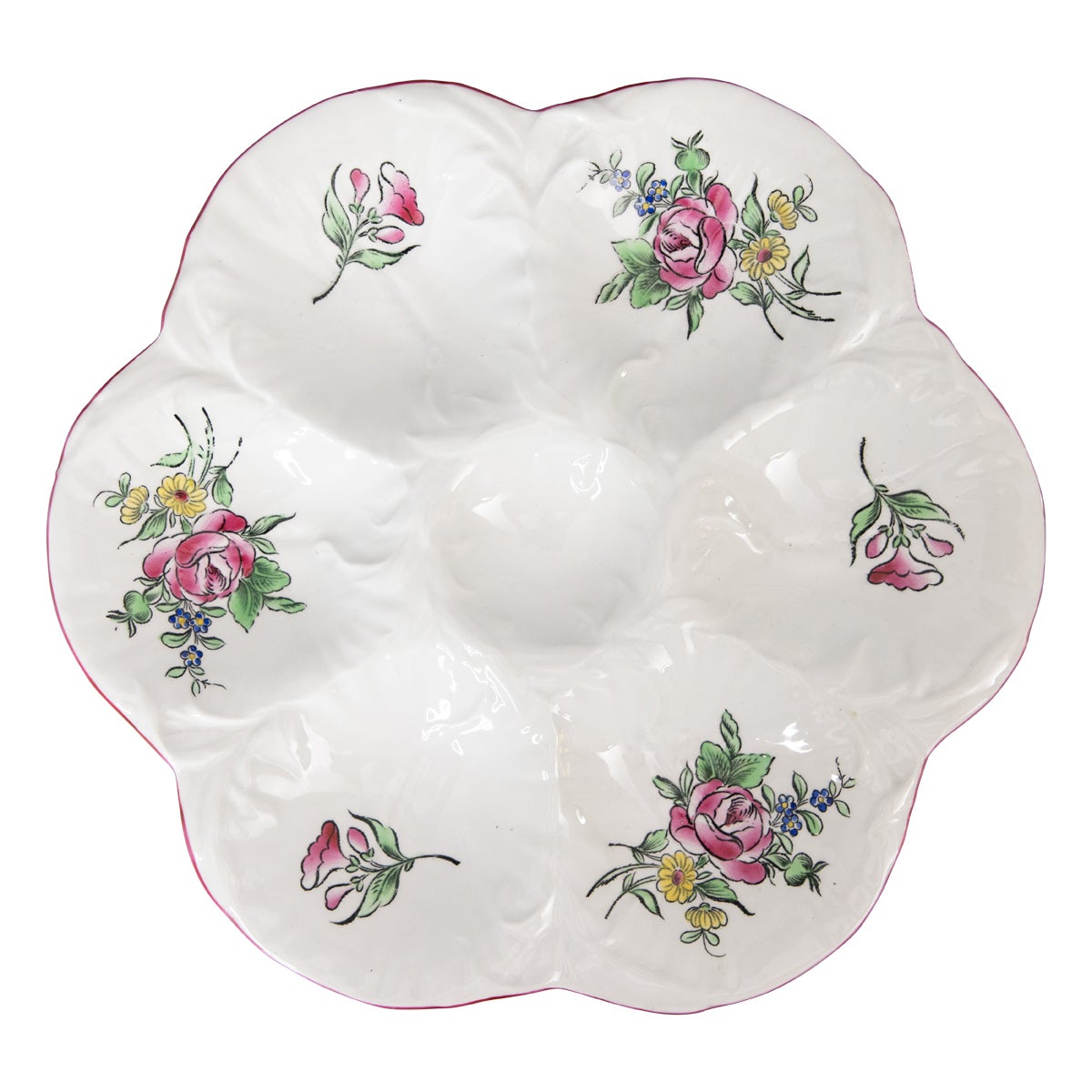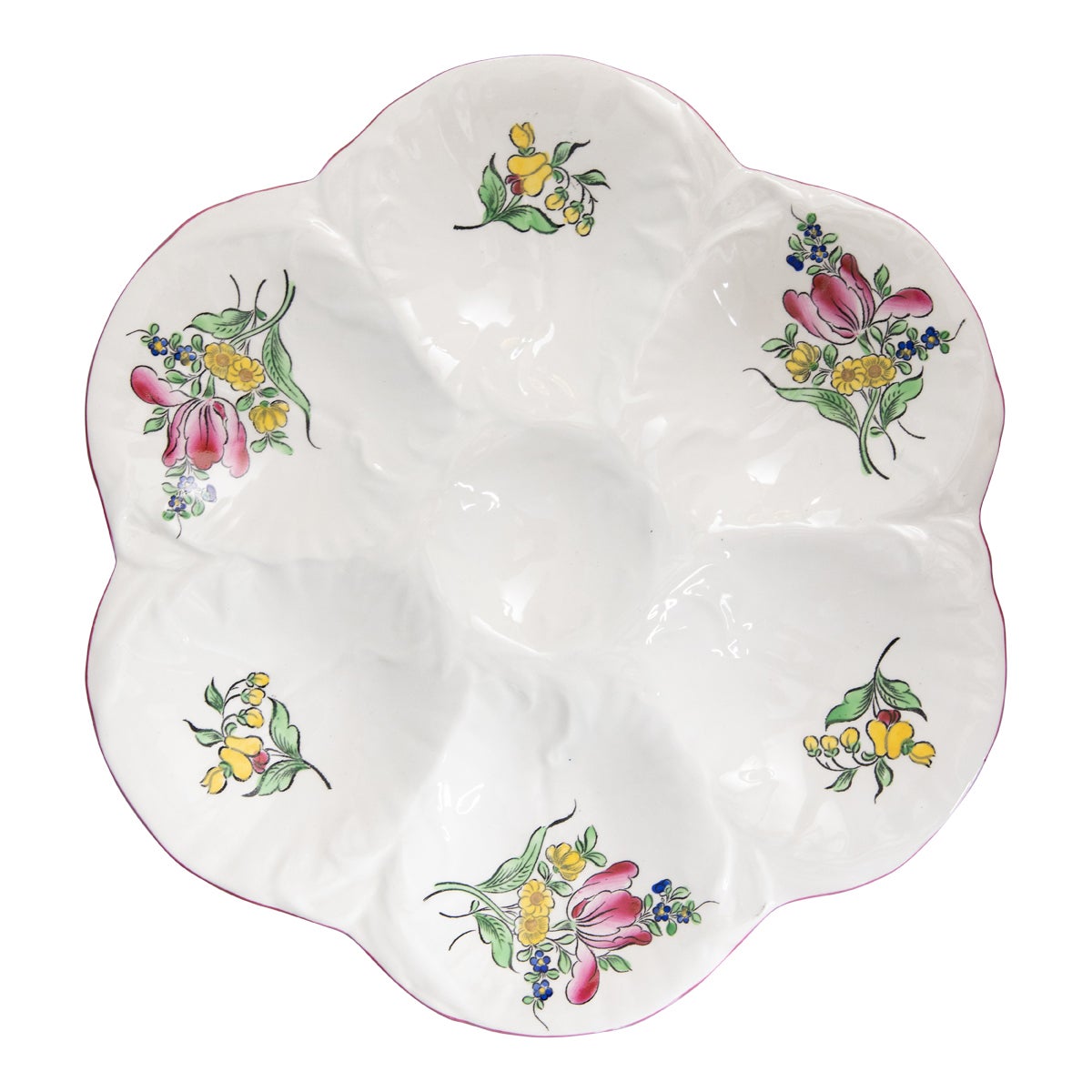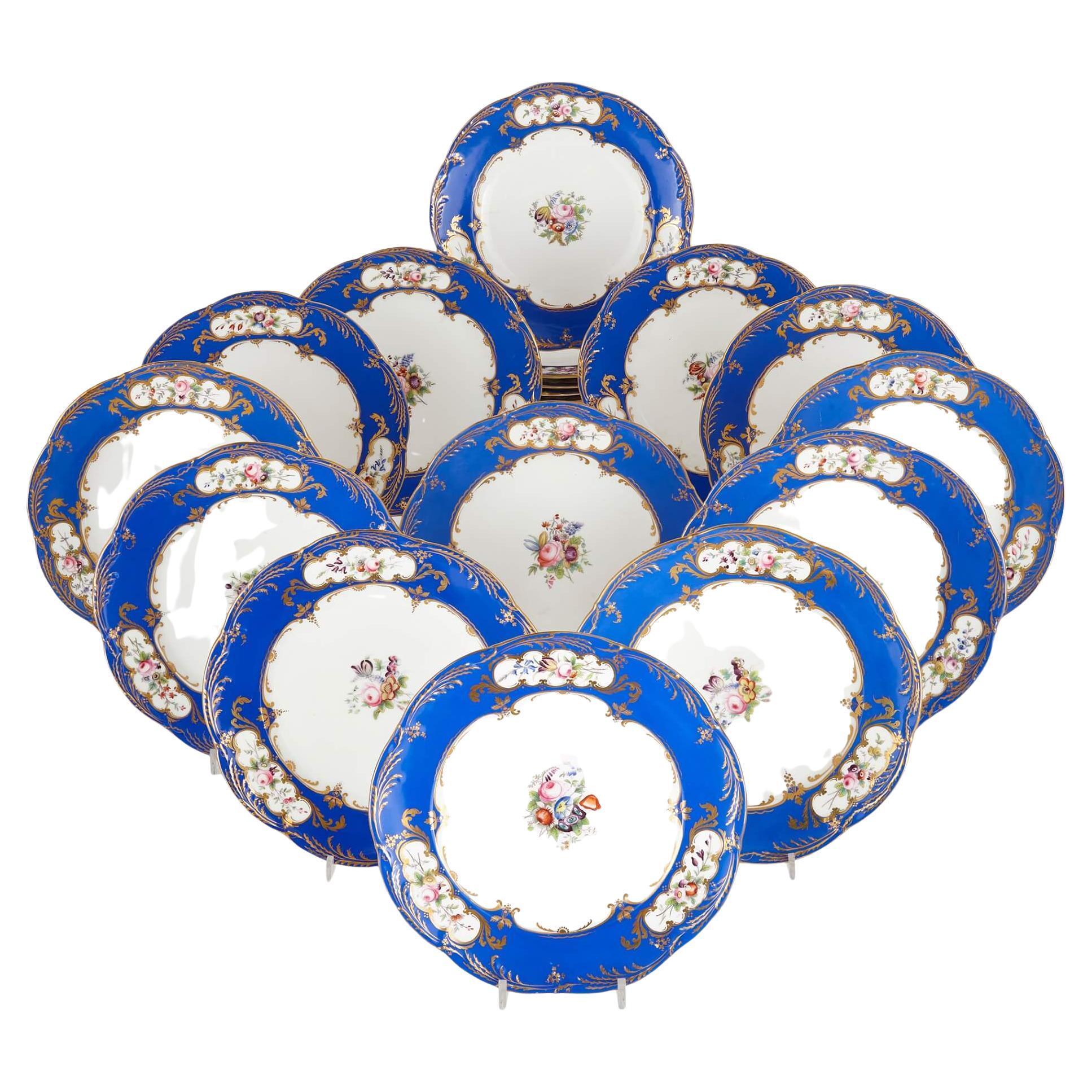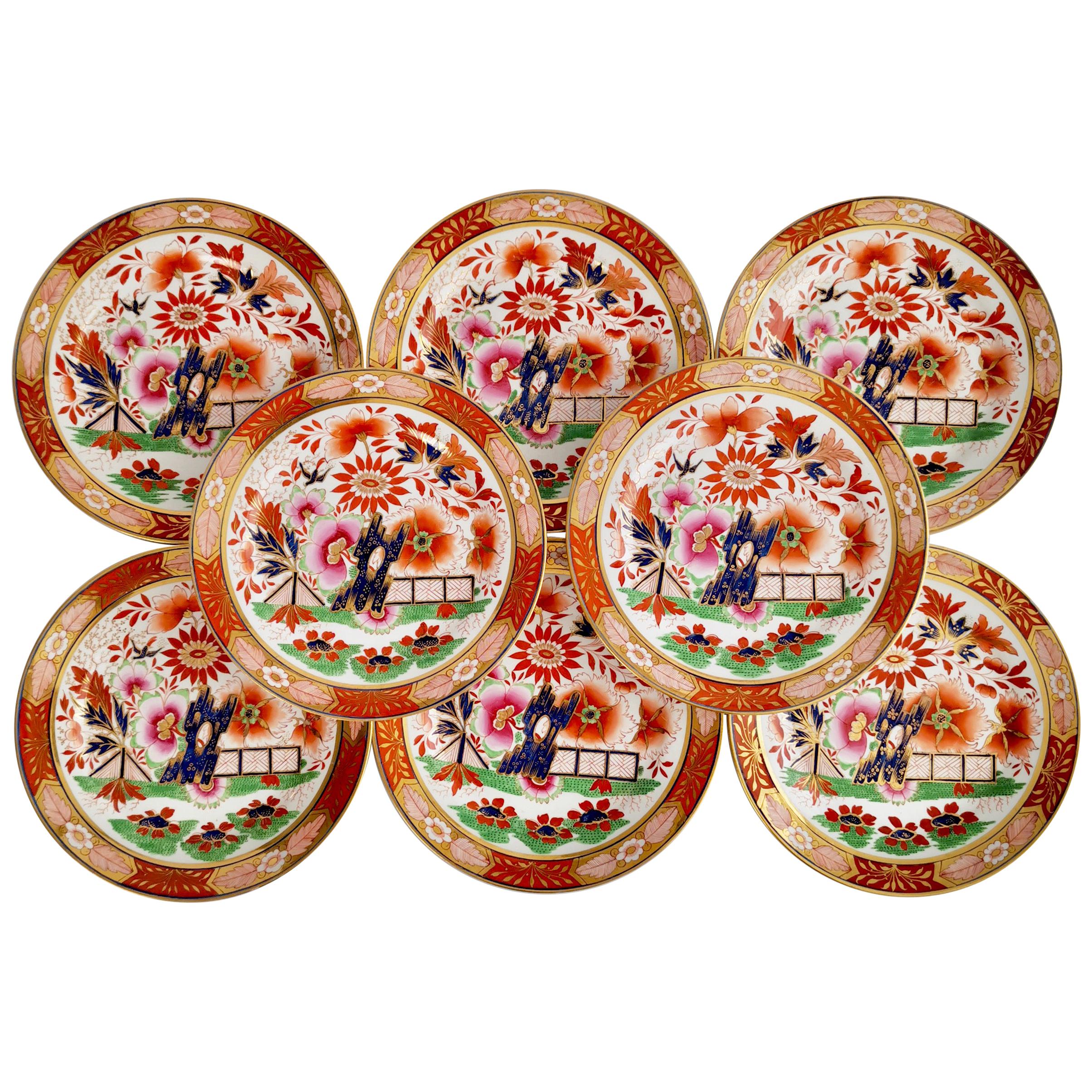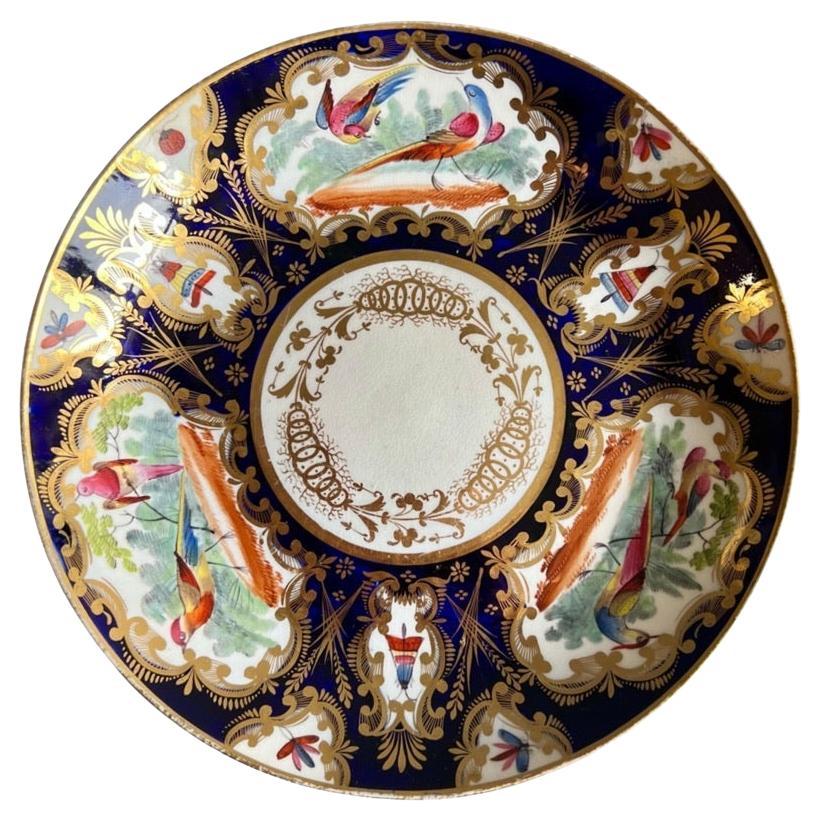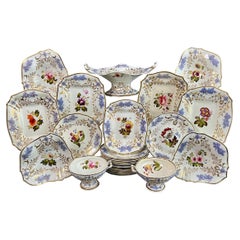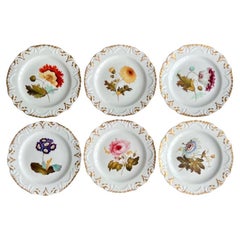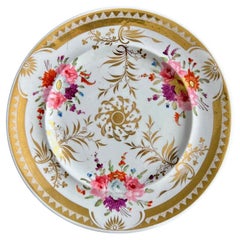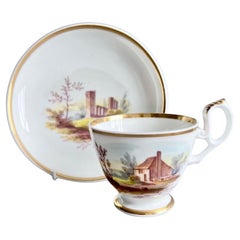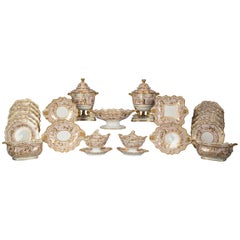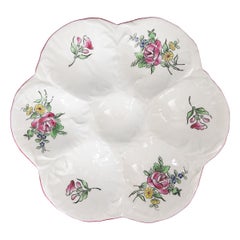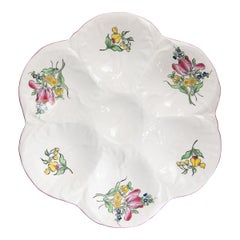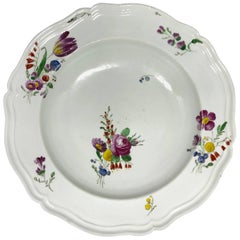
H&R Daniel Plate, White, Floral, Etruscan Shape, Regency, circa 1825
View Similar Items
Want more images or videos?
Request additional images or videos from the seller
1 of 14
H&R Daniel Plate, White, Floral, Etruscan Shape, Regency, circa 1825
$400List Price
About the Item
- Creator:H&R Daniel (Maker)
- Dimensions:Height: 0.75 in (1.91 cm)Width: 8.25 in (20.96 cm)Depth: 8.25 in (20.96 cm)
- Style:Regency (Of the Period)
- Materials and Techniques:
- Place of Origin:
- Period:
- Date of Manufacture:circa 1825
- Condition:Wear consistent with age and use. In excellent antique condition without damage, repairs, crazing or significant wear.
- Seller Location:London, GB
- Reference Number:Seller: A-DAN30a1stDibs: LU4805133016272
About the Seller
5.0
Gold Seller
Premium sellers maintaining a 4.3+ rating and 24-hour response times
Established in 2016
1stDibs seller since 2019
225 sales on 1stDibs
Typical response time: 2 hours
Authenticity Guarantee
In the unlikely event there’s an issue with an item’s authenticity, contact us within 1 year for a full refund. DetailsMoney-Back Guarantee
If your item is not as described, is damaged in transit, or does not arrive, contact us within 7 days for a full refund. Details24-Hour Cancellation
You have a 24-hour grace period in which to reconsider your purchase, with no questions asked.Vetted Professional Sellers
Our world-class sellers must adhere to strict standards for service and quality, maintaining the integrity of our listings.Price-Match Guarantee
If you find that a seller listed the same item for a lower price elsewhere, we’ll match it.Trusted Global Delivery
Our best-in-class carrier network provides specialized shipping options worldwide, including custom delivery.More From This Seller
View AllH & R Daniel Dessert Service, Floral with Lilac Sprigging, Regency, 1824
By H&R Daniel
Located in London, GB
This is a stunning dessert service made by H&R Daniel in 1824. The set consists of a large centre piece comport, two sauce comports (without covers), four large rectangular dishes, f...
Category
Antique 1820s English Regency Dinner Plates
Materials
Porcelain
$3,700 Sale Price / set
20% Off
Machin Set of 6 Plates, Moustache Shape, White with Flowers, ca 1825
By Machin
Located in London, GB
This is a beautiful set of 6 dessert plates made by Machin around 1825, which is known as the Regency period. The items have the famous "moustache" moulding picked out in gilt, a sim...
Category
Antique 1820s English Regency Dinner Plates
Materials
Porcelain
$1,596 Sale Price / set
20% Off
Free Shipping
Yates Plate, White, Gilt Shark Teeth Pattern and Floral Reserves, ca 1825
By William Yates
Located in London, GB
This is beautiful plate made by the Yates factory in about 1825. The plate is decorated with in a white ground with finely hand painted flower reserves, gilt sprigs and a characteris...
Category
Antique 1820s English Regency Porcelain
Materials
Porcelain
$304 Sale Price
20% Off
Free Shipping
H&R Daniel Coffee Cup Duo, Plain Shape, White with Landscape, 1825-1830
By H&R Daniel
Located in London, GB
This is an extremely rare and beautiful coffee cup and saucer made by H&R Daniel some time between 1825 and 1830. The set is potted in the "plain" shape and bears pattern no. 4652 wi...
Category
Antique 1820s English Rococo Revival Tea Sets
Materials
Porcelain
$368 Sale Price / set
20% Off
Free Shipping
Machin Part Dessert Service, Moustache Shape, Cobalt Blue and Flowers, ca 1825
By Machin
Located in London, GB
This is a beautiful part dessert service made by Machin around 1825, which is known as the Regency period. The items have the famous "moustache" moulding, a beautiful cobalt blue gro...
Category
Antique 1820s English Regency Dinner Plates
Materials
Porcelain
$1,520 Sale Price / set
20% Off
Free Shipping
Set of 8 Barr Flight & Barr Porcelain Plates, Imari Fence, Regency, 1811-1813
By Barr, Flight & Barr Worcester
Located in London, GB
This is a spectacular set of eight plates made by Barr Flight & Barr between 1811 and 1813. They are made in one of the many versions of the "Imari Fence" or "Japan" pattern.
Barr...
Category
Antique 1810s English Regency Dinner Plates
Materials
Porcelain
$4,760 Sale Price / set
20% Off
Free Shipping
You May Also Like
Extensive English Porcelain Dessert Service, circa 1825
Located in New York, NY
Pair of covered fruit coolers, pair of covered sauce tureens, pair of open work baskets, 1 compote, 4 kidney-shaped dishes, pair of square dishes, pair of oval dishes, 16 plates.
Category
Antique 1820s English Dinner Plates
Materials
Porcelain
Antique French Luneville Floral Porcelain Oyster Plate, circa 1900
By Keller & Guérin
Located in Pearland, TX
A gorgeous antique French Majolica floral porcelain oyster plate by Keller & Guérin made in Luneville, France, circa 1900. Maker's mark on the reverse. This fine quality oyster plate is hand painted in the Old Strasbourg...
Category
Early 20th Century French Dinner Plates
Materials
Porcelain
$300 Sale Price
20% Off
Antique French Luneville Floral Porcelain Oyster Plate, circa 1900
By Keller & Guérin
Located in Pearland, TX
A gorgeous antique French Majolica floral porcelain oyster plate by Keller & Guérin made in Luneville, France, circa 1900. Maker's mark on the reverse. This fine quality oyster plate is hand painted in the Old Strasbourg...
Category
Early 20th Century French Dinner Plates
Materials
Porcelain
$300 Sale Price
20% Off
Doccia Floral Soup Plate
By Doccia Porcelain
Located in New York, NY
Antique Italian Doccia scallop-edge soup plate with hand-painted floral sprays, Italy, circa 1770s
Dimension: 9.25" diameter x 1.63" deep.
Category
Antique Late 18th Century Italian Dinner Plates
Materials
Porcelain
Set of twenty four blue and white floral porcelain dinner plates
Located in London, GB
Set of twenty four blue and white floral porcelain dinner plates
Continental, 19th Century
Height 2.5cm, diameter 23.5cm
These blue and white porcelain dinner plates...
Category
Antique 19th Century European Belle Époque Dinner Plates
Materials
Porcelain
English Porcelain Plate, Coalport, circa 1800
Located in New York, NY
In the "Dragon in Compartment" pattern.
Category
Antique Early 1800s English Dinner Plates
Materials
Porcelain
Recently Viewed
View AllMore Ways To Browse
H And R Daniel
H R Daniel
Regency Tea Service
Spode Landscape
Antique Door Finger Plate
Spode Tea Service
H And R Daniel Porcelain
Hermes Plate Set
Sword Hilt
Antique Gold Chargers
Bisque Ceramics
Rosenthal Studio Line Glass
Rosenthal Studio Line Glasses
18th Century Imari Plate
1940s German Porcelain
Chinese Export Silver Enamel
Gold Coupe Glasses
Union Porcelain
